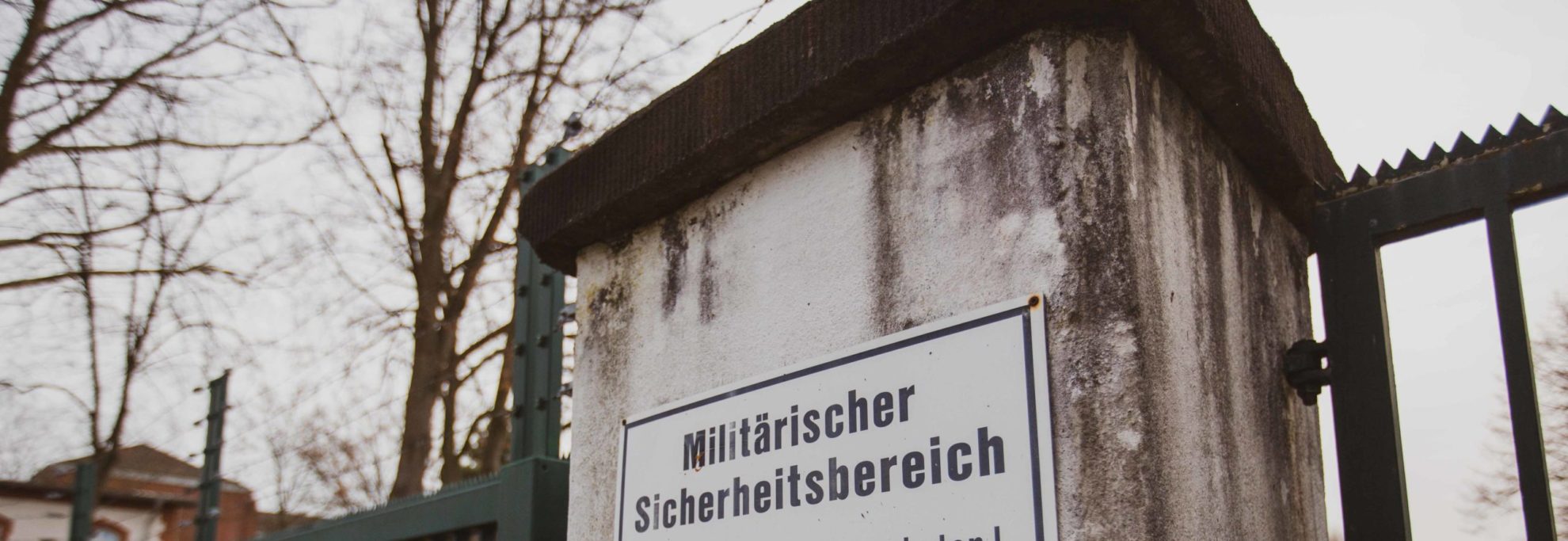During World War I, the colonial powers England and France deployed many soldiers from their colonies on European soil. After the first battles on the Western Front in 1914, prisoners of war were brought to Cologne-Wahn.
The military took 50,000 prisoners in the spring of 1916 to a camp among then were so-called Zuaves and Turkos, who often came from North Africa, as well as “Tirailleurs Sénégalais,” soldiers from Senegal or other French colonies in West Africa. Initially, the prisoners were housed in barracks of the old military camp; in 1915/16, seventy six new barracks were built of wooden trusses with cardboard roofs. The accommodations were separated according to nations.
The residents of Cologne were fascinated with the “exotic strangers.” For many, this was probably the first opportunity to meet “Africans,” albeit at a distance. The African prisoners also enabled the German tendency to appropriate the world directly either through its own colonial possessions or indirectly through victory over other colonial powers. This resulted in countless photographs of the prisoners, which also circulated as postcards. The photos presented a “cheerful,” and above all peaceful gathering of prisoners of different origins. The intention was to show how “good” the men had it despite being prisoners in the camp. One could indulge in the fascination of the “foreigner” as long as one was on the winning side. In 1917, the POW camp was moved from Wahner Steppe to Limburg an der Lahn.

